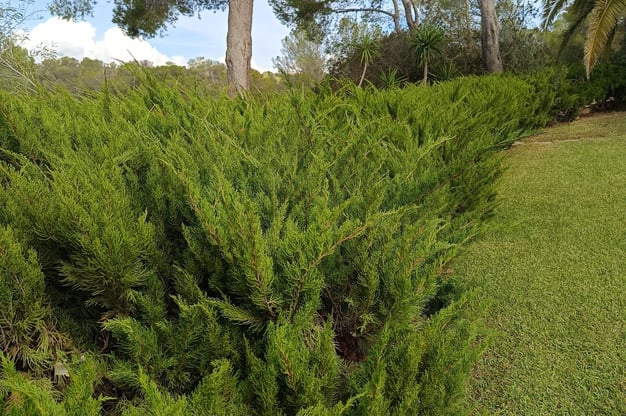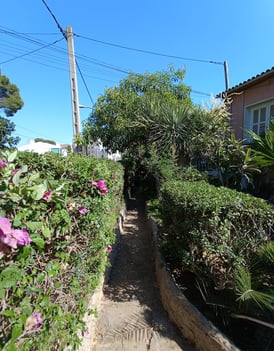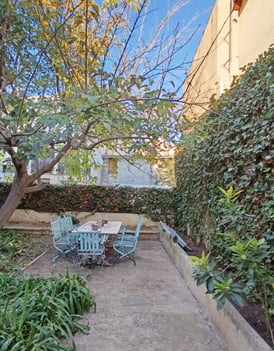The Importance of Hedges in Garden Design


When we think of a well-maintained garden, we often imagine vibrant flowers, majestic trees, and welcoming paths. However, one of the most important elements in many green spaces is the hedge. Beyond its aesthetic appearance, hedges serve essential functions that contribute to the harmony and functionality of a garden. In this post, we will explore the reasons why the hedge is a key choice for any gardening project.
Protection and Privacy
Hedges are a natural and effective option for creating privacy in an outdoor space. They act as a visual barrier and allow for zoning without the need for walls or artificial fences. Additionally, they can dampen external noise, creating a quieter and more relaxing environment.
Wind Control and Microclimate
Hedges help protect the garden from strong winds, creating a more favorable microclimate for the growth of more delicate plants. This is especially useful in coastal or exposed areas where wind can negatively impact the development of the garden.
Biodiversity Conservation
A well-designed hedge can become a refuge for local wildlife. Birds, insects, and small mammals find a safe place to nest, hide, and feed in hedges. This function is especially important in urban areas where green spaces are limited.
Aesthetic and Garden Structuring
From an aesthetic perspective, hedges provide order and structure to the garden. They can be used to frame paths, delimit plant areas, or simply add texture and color to the overall design. With species like boxwood, laurel, or thuja, shapes can be created that adapt to the garden’s style, whether formal or naturalistic.
Sustainability and Water Management
Compared to other boundary options, hedges are a sustainable alternative, as they capture carbon dioxide and contribute to improved air quality. Additionally, if native and drought-resistant species are chosen, maintenance and water needs are significantly reduced.
Ideal Hedge Species for Mallorca
The Mediterranean climate of Mallorca is perfect for a wide variety of hedge species, especially those that tolerate dryness and wind. Some of the most recommended options are:
Oleander (Nerium oleander): A very resilient species with brightly colored flowers that adds a decorative touch.
Myrtle (Myrtus communis): Ideal for low hedges, it releases a pleasant fragrance and is easy to maintain.
Hawthorn (Crataegus monogyna): Perfect for creating natural barriers and promoting biodiversity.
Mastic (Pistacia lentiscus): A native and sustainable option that requires minimal maintenance.
Philadelphia (Phillyrea angustifolia): Resilient and elegant, with small and dense leaves.
Laurel (Laurus nobilis): Very versatile, it can be used for both tall and low hedges.
In conclusion, the hedge is much more than a plant barrier; it is a multifunctional element that can completely transform a garden. If you are thinking of renewing your green space, don’t hesitate to incorporate a hedge as part of the design. Its impact will be noticeable in the aesthetics, functionality, and health of your garden.




